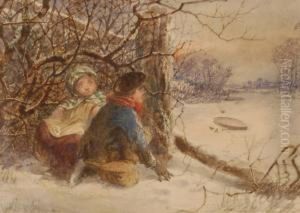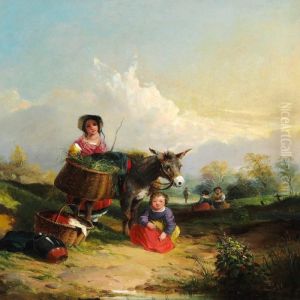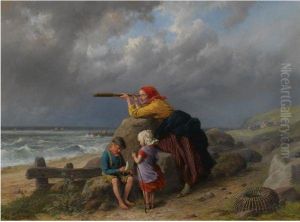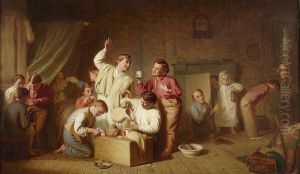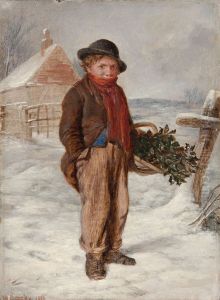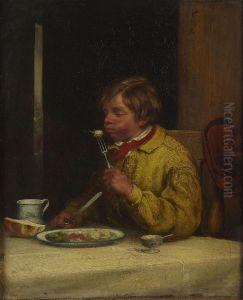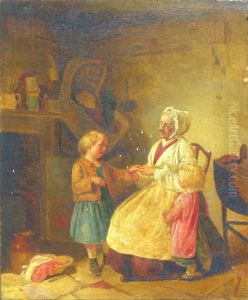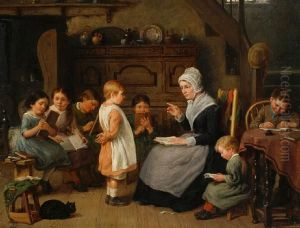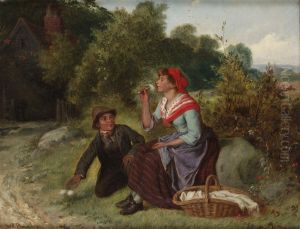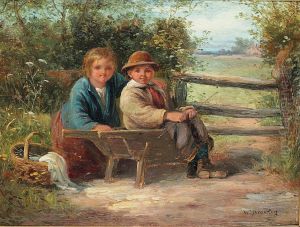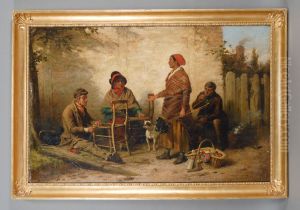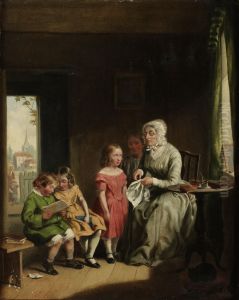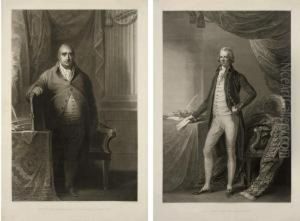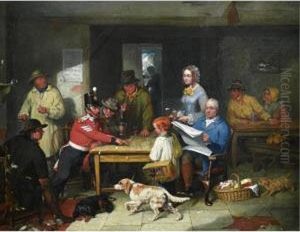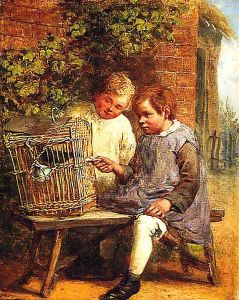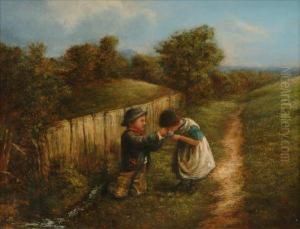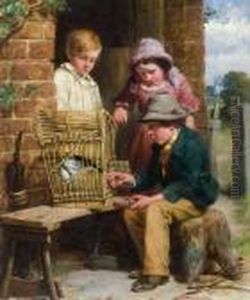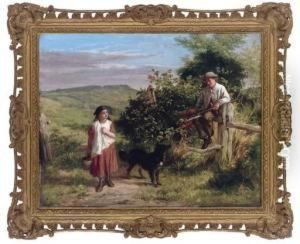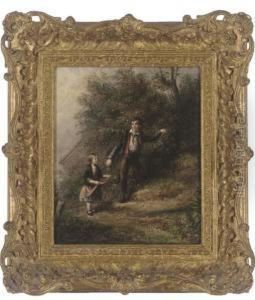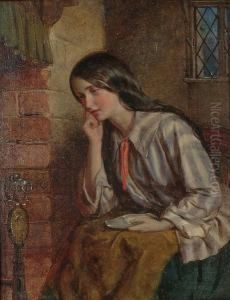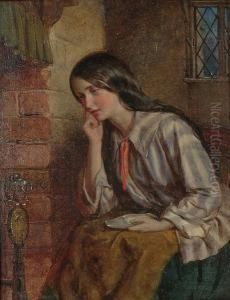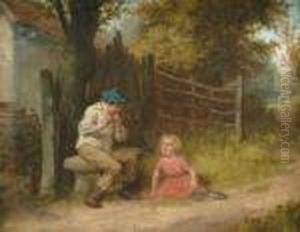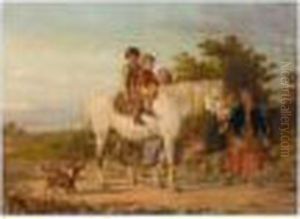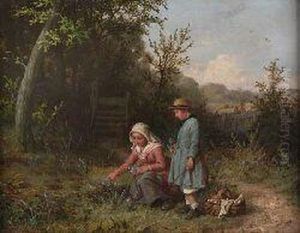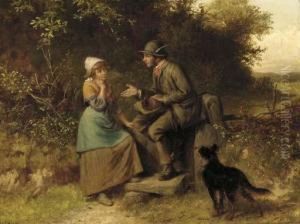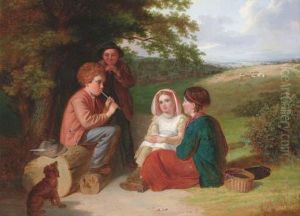William Bromley Paintings
William Bromley was a British engraver known for his works during the Victorian era. Not much is known about his early life or exact birth and death years. However, his professional career is documented through his works which were produced between 1835 and 1888. Bromley came from a family of engravers and was the son of engraver William Bromley and the brother of the engraver Henry Bromley. His family background likely provided him with an apprenticeship and training in the arts of engraving from a young age.
Bromley specialized in large steel engravings of historical and literary subjects, which were popular during the 19th century. He made significant contributions to illustrated books and periodicals of the time, which were a primary source of visual information before the widespread use of photography. His engravings often depicted scenes from the works of famous authors such as Shakespeare and Sir Walter Scott, and he also worked on portraits and presentation plates.
One of his notable works includes the engraving of 'The Meeting of Wellington and Blücher after the Battle of Waterloo' after the painting by Daniel Maclise. His work was characterized by a high level of detail and a commitment to technical skill, capturing the essence of the original paintings in the engravings he produced.
Despite his active period in the arts, the specifics of Bromley's personal life, including his education and training, as well as his death, remain largely undocumented in historical records. His contributions, however, remain part of the collective works that represent the Victorian era's dedication to the art of engraving.
